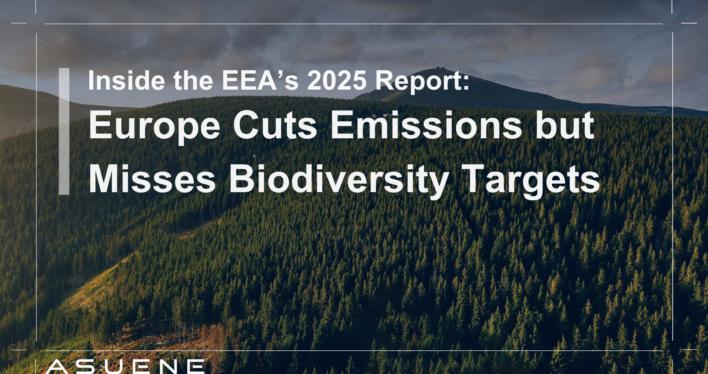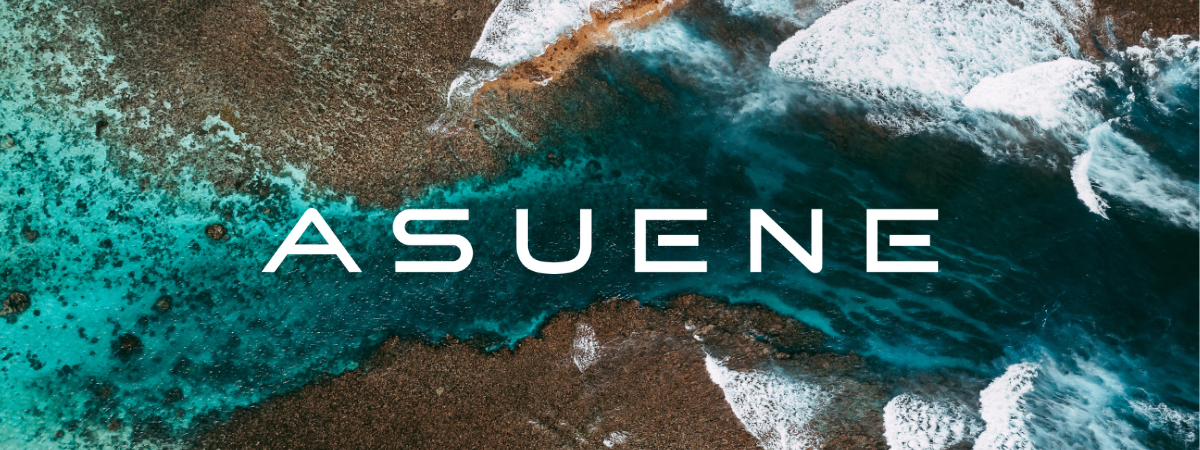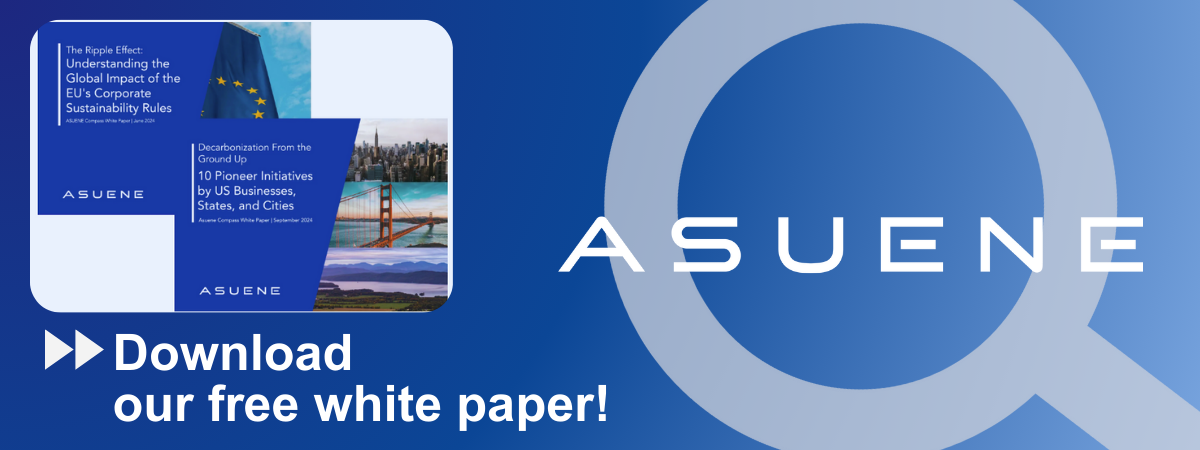- Article Summary
-
Introduction: A Mixed Environmental Scorecard
Europe enters 2025 with its most comprehensive environmental framework in history, yet the EEA’s Europe’s Environment: State and Outlook 2025 report paints a complex picture. The continent has achieved a 37% reduction in greenhouse gas emissions since 1990, driven largely by the rise of renewables and energy efficiency. However, progress has not been uniform. Biodiversity remains in decline, with 80% of habitats in poor condition, and circular economy targets continue to lag, with only 11.8% of materials reused. The EEA’s findings make clear that Europe’s challenge is not the absence of ambition, but the lack of systemic execution.
The Paradox of Precision: When Data Outpaces Action
Beneath the EEA’s call for renewed effort lies a deeper tension. Europe leads the world in environmental monitoring and reporting, but the constant refinement of metrics has not always translated into measurable progress. Policymakers and stakeholders continue to chase more precise diagnostics, resulting in a cycle of review rather than reform. This paradox of precision has entrenched policy inertia, where insight grows faster than impact.
The EEA’s governance framework under the European Green Deal was designed to foster collaboration and innovation. Yet this polycentric model now risks fragmentation as member states pursue distinct interpretations of sustainability policy. The resulting patchwork of initiatives can obscure accountability and weaken the consistency needed for collective resilience.
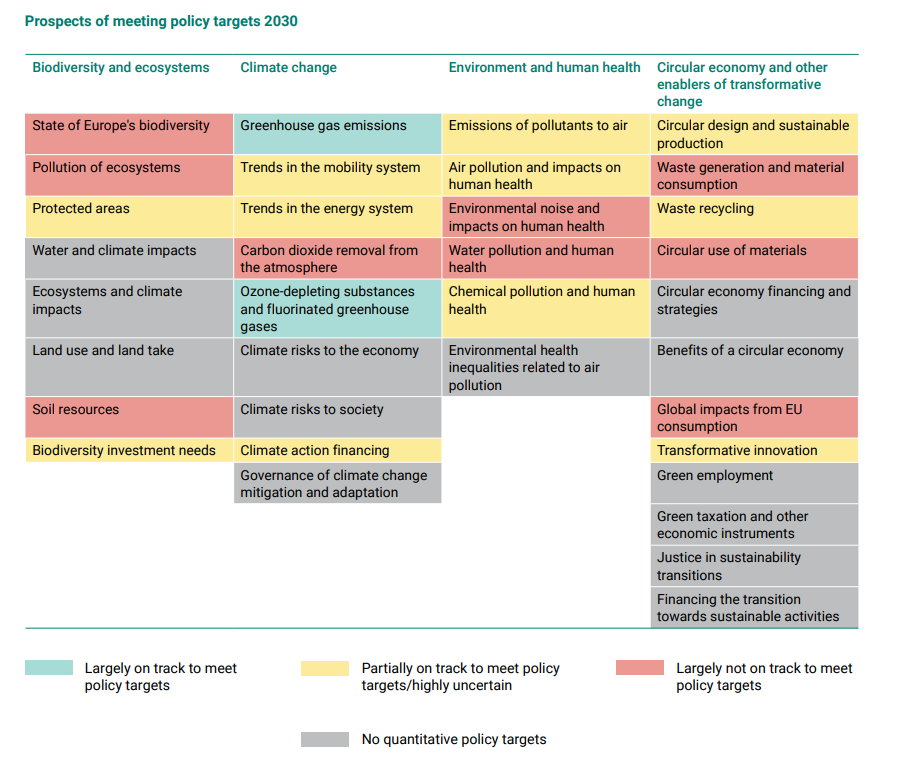
Biocultural Dissonance and the Consumption Paradox
Europe’s urban societies have embraced ecological renewal through rewilding, cleaner air, and greener cities. Yet these domestic gains are often offset by externalized impacts beyond the continent’s borders. The demand for imported food, metals, and energy resources shifts environmental degradation to other regions. This pattern, known in the report as teleconnections, highlights how Europe’s consumption continues to exert global ecological pressure even as local conditions improve.
To bridge this dissonance, Europe must link its internal sustainability agenda with external trade, resource, and agricultural policies. Addressing biodiversity loss requires a full life-cycle approach—tracing supply chains, enforcing deforestation-free imports, and aligning trade incentives with environmental outcomes. Only then can Europe’s environmental success become globally coherent.
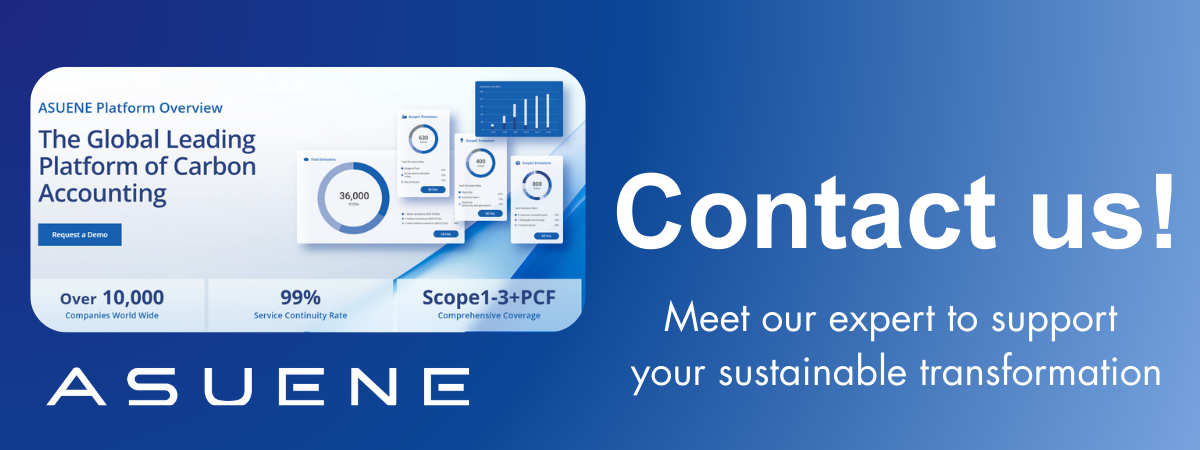
Incentives for Transformation: Aligning Motivation with Impact
The EEA makes clear that progress will depend less on setting new goals and more on reshaping incentives. Europe needs to reward those who implement, not just those who plan. This means shifting the focus toward behaviors that deliver results and creating conditions where sustainable choices are the default, not the exception.
For businesses, transparent carbon pricing and streamlined access to sustainable finance can accelerate decarbonization. For citizens, accessible incentives—from household energy upgrades to low-emission transport options—can make sustainable living tangible. For governments, consistent cross-border evaluation will encourage coherence instead of competition.
A blue-toned bar chart here could visualize how incentives vary in effectiveness across sectors, showing strong uptake in renewable energy but weaker progress in biodiversity and resource reuse. This visual would emphasize that Europe’s main barrier is not awareness but alignment.
Conclusion: From Climate Leadership to Ecological Balance
The EEA’s 2025 report underscores that Europe’s environmental story is one of contrast. The region leads globally in climate mitigation but continues to fall short on biodiversity, water resilience, and resource circularity. To meet its 2030 and 2050 goals, Europe must convert its analytical advantage into action.
The next phase of the Green Deal must be defined by integration rather than fragmentation. Incentives should unite public, private, and civic actors toward shared objectives. Europe has proven it can cut emissions; now it must prove it can restore ecosystems. The path forward
Why Work with ASUENE Inc.?
ASUENE is a key player in carbon accounting, offering a comprehensive platform that measures, reduces, and reports emissions. ASUENE serves over 10,000 clients worldwide, providing an all-in-one solution that integrates GHG accounting, ESG supply chain management, a Carbon Credit exchange platform, and third-party verification.
ASUENE supports companies in achieving net-zero goals through advanced technology, consulting services, and an extensive network.
